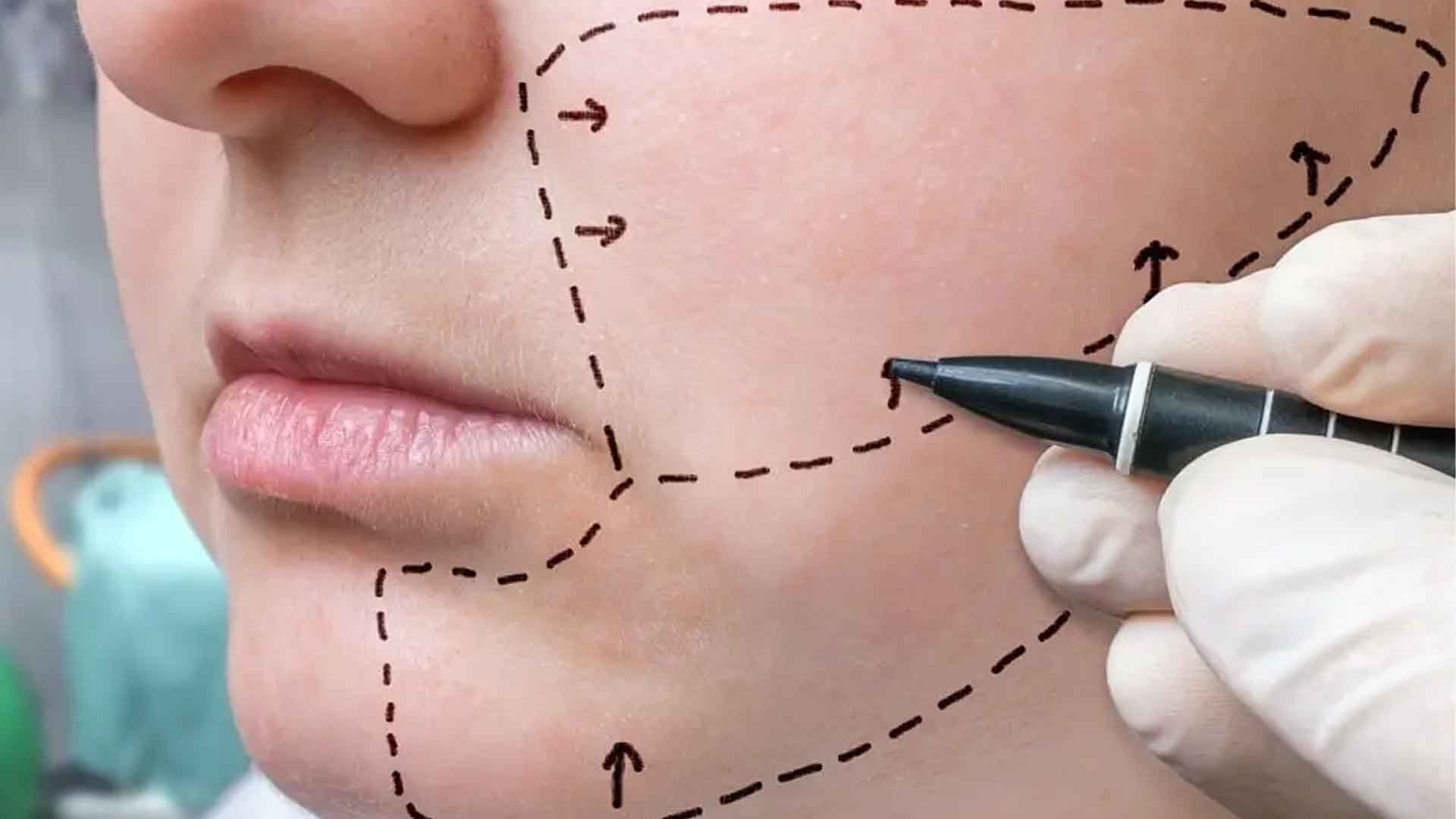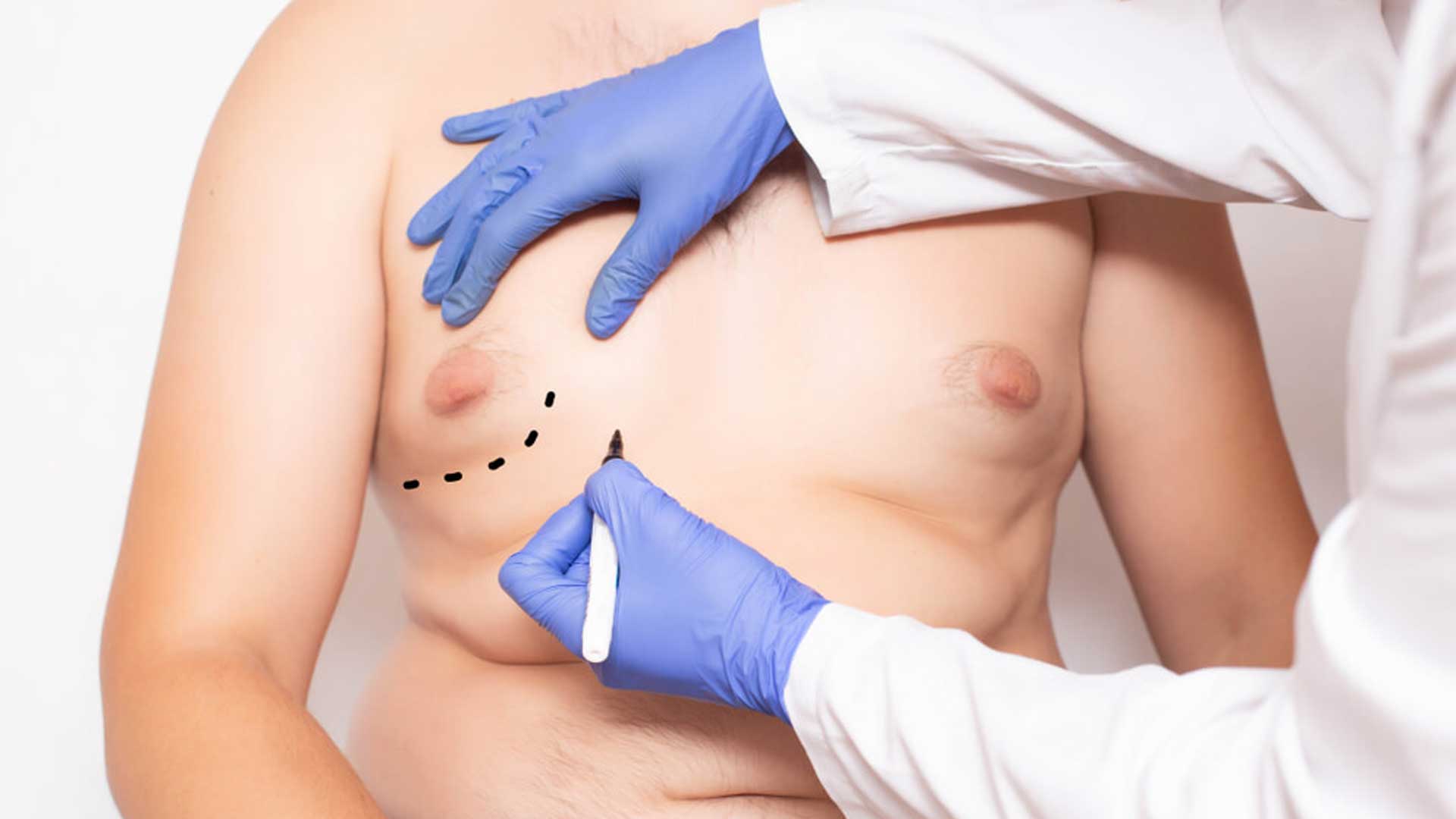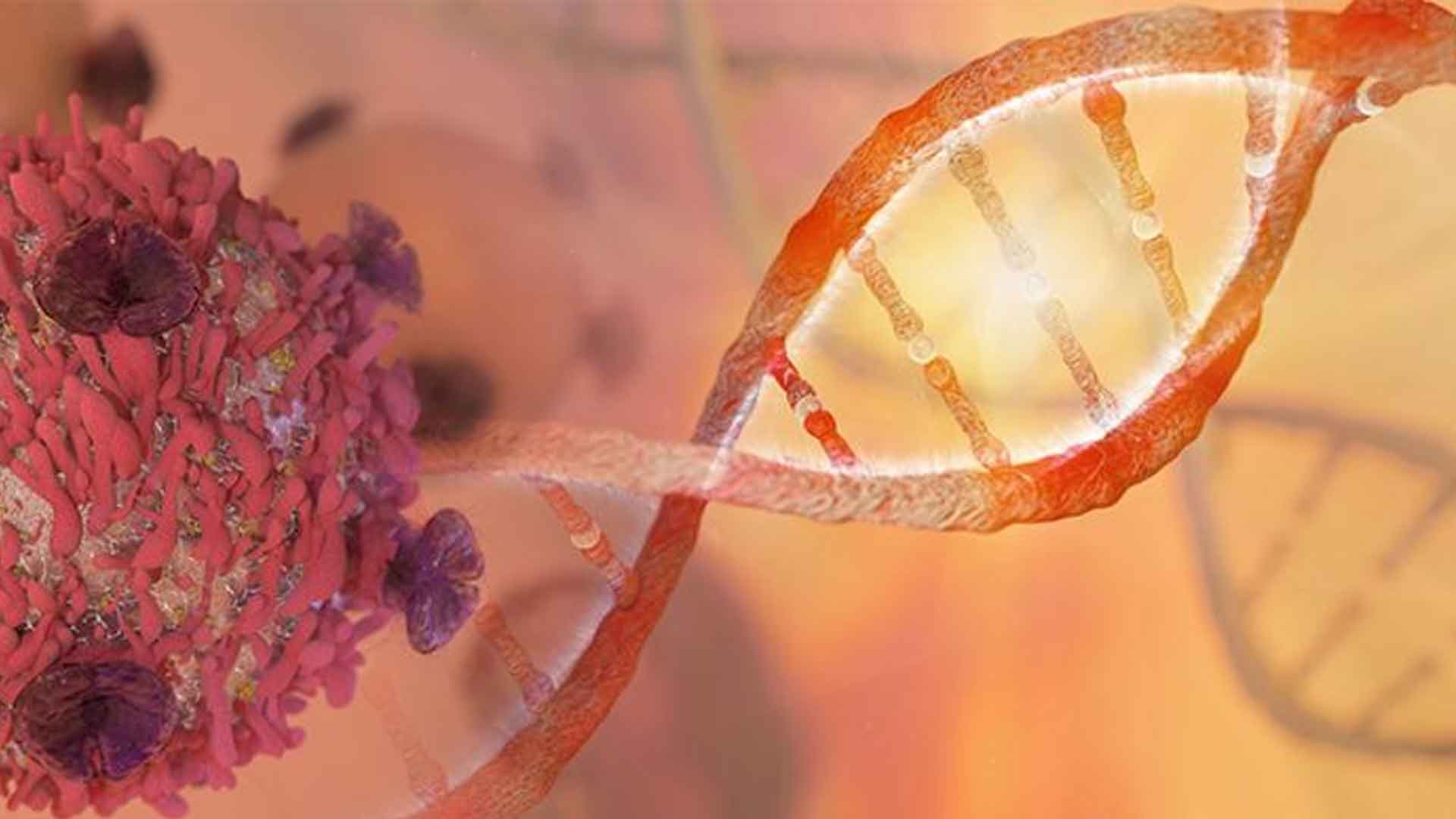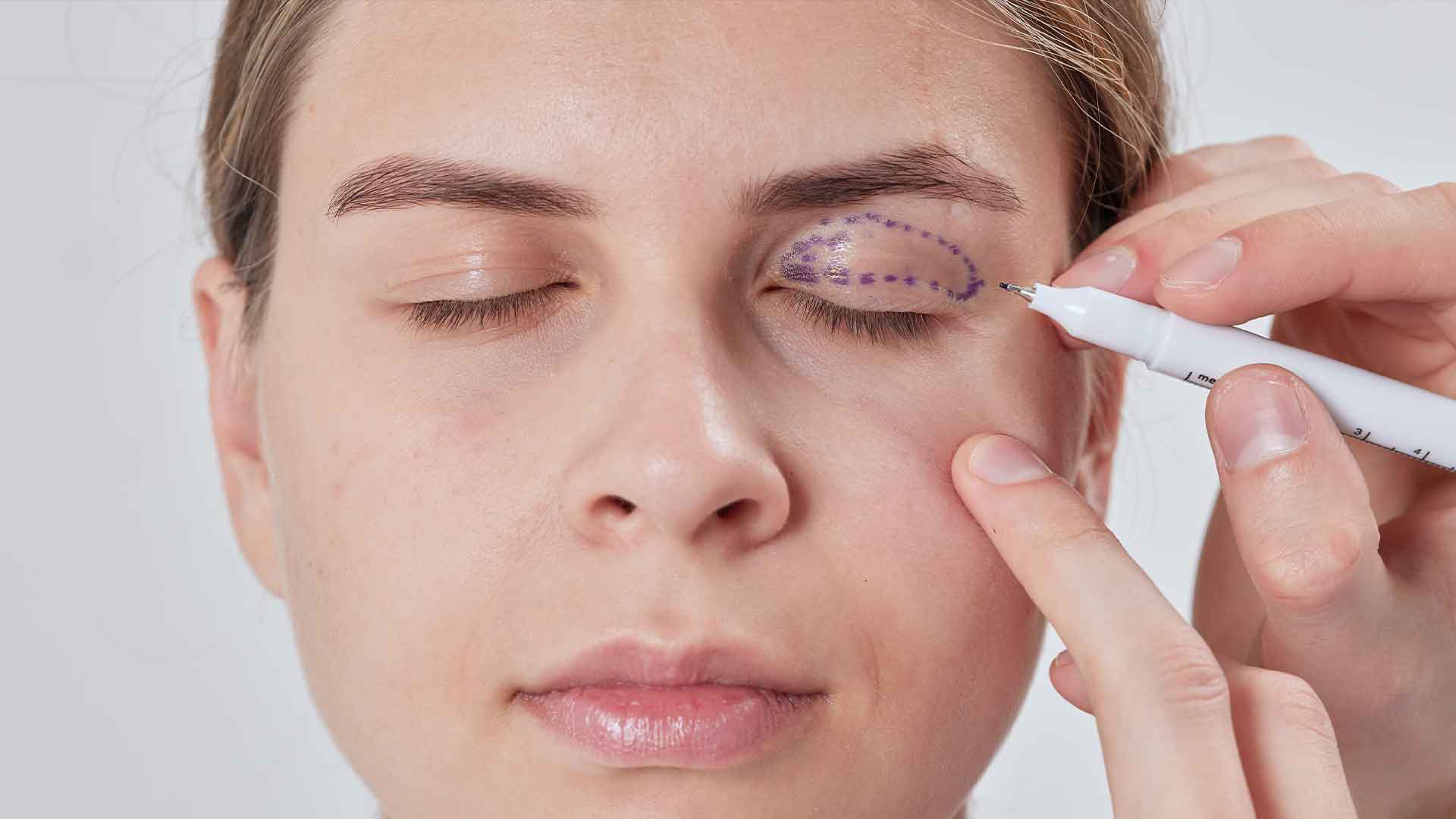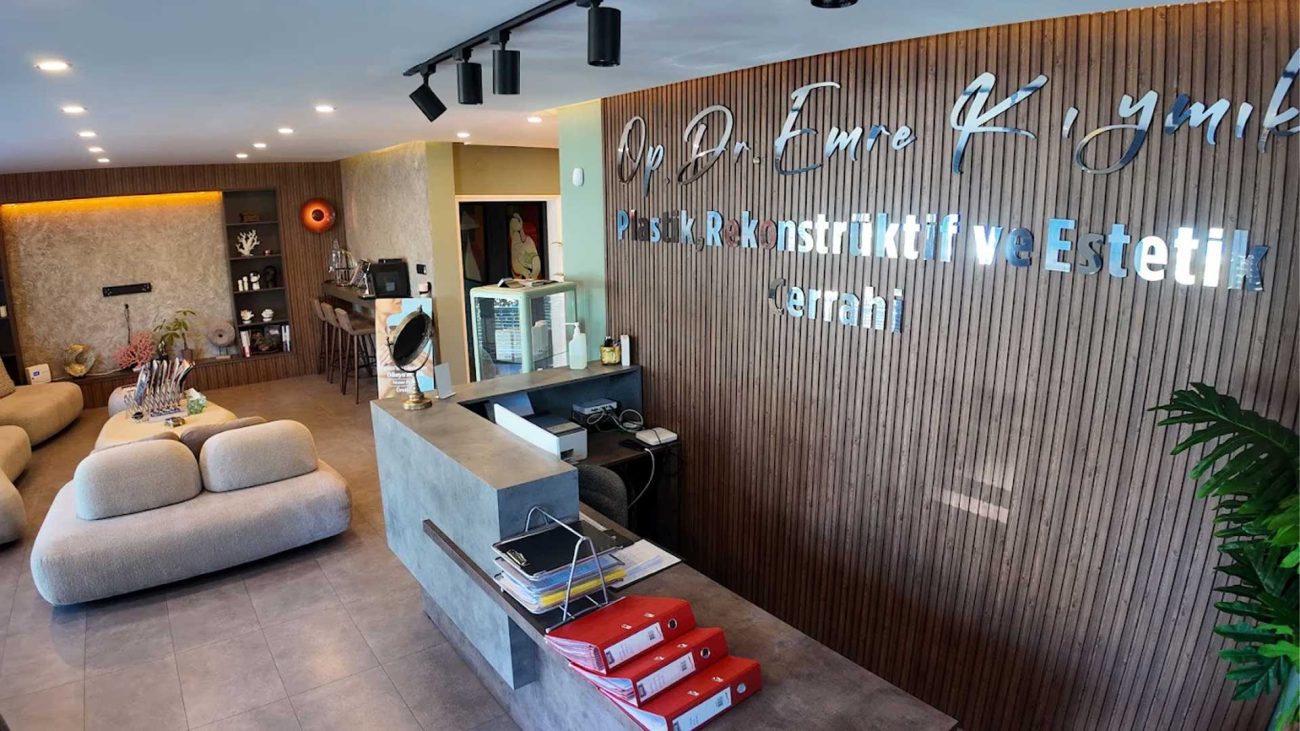What is a Cheek Reduction?
Bichectomy is commonly known as “cheek reduction surgery.” It involves removing the “bichat” fat pads located in the cheek area to a certain extent, resulting in a slimmer and more proportionate facial appearance. Since the procedure is performed through the mouth, there are no visible scars on the outside.
What are the purposes?
- More prominent cheekbones,
- Sharpening of the jawline and facial contours,
- Achieving a slimmer and more proportionate face shape.
This procedure is preferred more often in people with genetically fuller cheek structures.


Who is it suitable for?
Suitable candidates for buccal fat removal are generally:
- With noticeable cheek fullness on the face,
- In good general health,
- They are individuals with realistic expectations.
Every patient’s facial structure is different. Therefore, suitability should be assessed after examination.
How is a Cheek Reduction Performed?
- The procedure is performed through a small incision inside the mouth.
- It can be administered under local anesthesia or sedation.
- It takes an average of 30–45 minutes.
- There is no visible trace left on the outside.
Most patients can be discharged the same day.
Recovery Process
- There may be slight swelling in the first few days; this is normal.
- It is possible to return to daily life within approximately 3-5 days.
- The swelling may take up to 2 weeks to completely subside.
- It usually takes 2–3 months for the facial features to fully settle.
Daily Improvement Chart
Day 1
Mild swelling, sensitivity inside the mouth
Liquid-soft diet, cold application
Days 2–3
Swelling may increase, slight bruising may occur
Use medications regularly, pay attention to oral hygiene
Week 1
Swelling begins to subside, stitches dissolve
Soft foods, avoid strenuous activity
Week 2
Returning to daily life becomes easier
Sports and strenuous exercise are still not recommended
Weeks 3–4
Swelling largely subsides
Normal diet can be resumed
2–3 Months
Facial features settle, results become clear
Regular check-ups are performed
Possible Risks and Complications
As with any surgical procedure, bishectomy may carry certain risks. However, when performed by experienced surgeons, the likelihood of complications is low. Possible outcomes include:
- Temporary swelling and bruising,
- Mild pain and discomfort in the mouth,
- Rarely infection or suture reaction.
Most of these situations are short-term and treatable.
Pre- and Post-Surgery Considerations
- Medications used prior to surgery must be reported to the doctor.
- Liquid and soft foods should be preferred in the first few days after surgery.
- Oral hygiene should be maintained.
- Avoid strenuous exercise during the first few weeks.
Frequently Asked Questions
Will there be any traces?
No, since the procedure is performed inside the mouth, there are no visible marks on the outside.
Is it a painful procedure?
There may be mild pain, which can be controlled with simple painkillers.
Is the result permanent?
Yes, the removed fat tissue does not grow back. However, weight changes and the aging process can affect facial appearance.
Important Reminder
This content is for informational purposes only. For diagnosis and treatment, you must consult a plastic surgeon.

